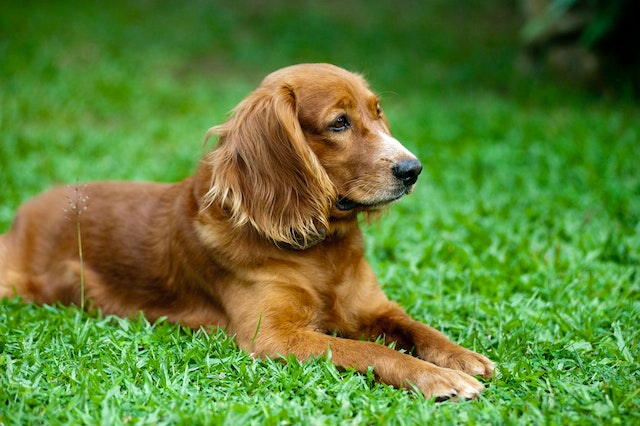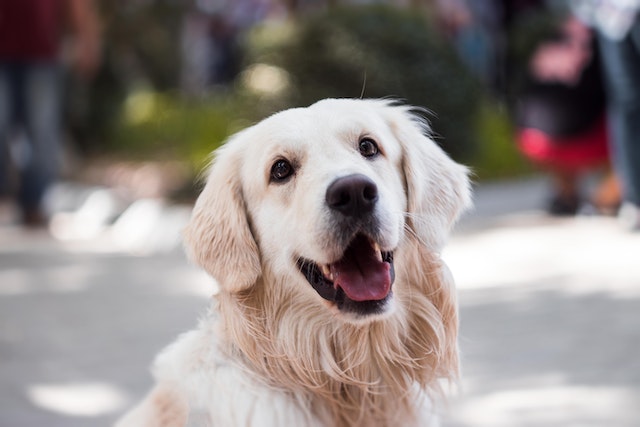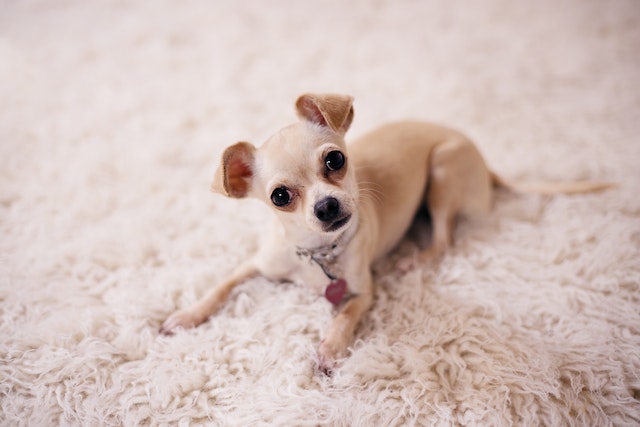Grooming your dog is not just about keeping them looking their best; it’s a fundamental aspect of their well-being. Proper grooming ensures your furry friend is comfortable, healthy, and free from common issues like mats, skin irritations, and ear infections. In this comprehensive guide, we will explore the best ways to groom your dog, providing expert insights and practical tips for a happy and well-groomed canine companion.

What Are the Best Ways to Groom a Dog?
Grooming your dog involves various essential tasks that contribute to their overall health and comfort. In this article, we will delve into each aspect of dog grooming, providing you with the best ways to ensure your pet is well-cared for.
The Importance of Regular Dog Grooming
Regular grooming is more than just keeping your dog looking neat; it’s a vital part of responsible pet ownership. Here’s why it matters:
- Health Maintenance: Grooming helps detect health issues early, such as skin infections, lumps, or parasites.
- Comfort: Proper grooming prevents matting, which can be uncomfortable and painful for dogs.
- Bonding: Grooming sessions offer an excellent opportunity for bonding with your pet and building trust.
- Hygiene: Clean ears, trimmed nails, and a healthy coat contribute to your dog’s overall hygiene.
Grooming Tools and Supplies
To get started with dog grooming, you’ll need the right tools and supplies:
- Brushes: Choose a suitable brush for your dog’s coat type, such as slicker brushes, bristle brushes, or combs.
- Shampoo and Conditioner: Use dog-specific products to avoid skin irritation.
- Nail Clippers: Opt for clippers designed for dogs, ensuring you don’t cut too close to the quick.
- Ear Cleaner: A gentle ear cleaning solution and cotton balls are essential.
- Toothbrush and Toothpaste: Maintain your dog’s oral health with dog-specific dental care items.
Brushing Your Dog’s Coat
Regular brushing is essential to keep your dog’s coat healthy and free from mats:
- Frequency: Brush your dog at least a few times a week, with longer-haired breeds requiring daily brushing.
- Technique: Brush in the direction of hair growth, applying gentle pressure.
- Benefits: Brushing removes loose fur, distributes natural oils, and stimulates the skin.
- Mats and Tangles: Address mats and tangles promptly to prevent discomfort and skin issues.
Bathing Your Dog
Bathing your dog is crucial for their hygiene and overall well-being:
- Frequency: Bathe your dog every 1-3 months or as needed, using dog-specific shampoo and conditioner.
- Water Temperature: Ensure the water is comfortably warm.
- Thorough Rinse: Rinse thoroughly to remove all product residues.
Nail Trimming
Trimming your dog’s nails prevents overgrowth, discomfort, and mobility issues:
- Frequency: Trim nails every 2-4 weeks or as needed.
- Caution: Be careful not to cut into the quick, the sensitive part of the nail.
Cleaning Your Dog’s Ears
Regular ear cleaning helps prevent infections:
- Frequency: Clean your dog’s ears when they appear dirty or as recommended by your veterinarian.
- Gentle Approach: Use a gentle ear cleaning solution and avoid inserting anything too deeply into the ear canal.

Dental Care for Dogs
Oral hygiene is crucial for your dog’s overall health:
- Frequency: Brush your dog’s teeth every day or a few times a week with dog-specific toothpaste and a toothbrush.
- Dental Chews: Provide dental chews or toys to help reduce plaque and tartar buildup.
Eye Care for Dogs
Keep your dog’s eyes clean and free from discharge:
- Frequency: Gently wipe away eye discharge as needed using a clean, damp cloth.
- Alertness: Monitor your dog’s eyes for signs of redness, irritation, or excessive discharge, which may indicate an underlying issue.
Maintaining a Healthy Skin and Coat
A healthy skin and coat are signs of a well-groomed dog:
- Balanced Diet: Provide high-quality food with essential nutrients for skin and coat health.
- Supplements: Consult your vet about supplements like omega-3 fatty acids to support skin health.
- Regular Grooming: Consistent grooming promotes a clean and healthy coat.
Preventing and Handling Mats in Your Dog’s Fur
Mats can be uncomfortable and even painful for your dog:
- Regular Brushing: Brush your dog’s coat regularly to prevent mats from forming.
- Careful Removal: For existing mats, use a mat splitter or dematting tool, working gently to avoid skin irritation.
- Professional Help: Seek a professional groomer’s assistance if mats are extensive or difficult to remove.
Tips for Handling Shedding
Shedding is a natural process, but you can manage it effectively:
- Regular Brushing: Brush your dog to remove loose fur and reduce shedding.
- Nutrition: Ensure your dog’s diet includes nutrients that support healthy skin and coat.
- Consult Your Vet: If shedding seems excessive, consult your veterinarian to rule out underlying health issues.
FAQs About Dog Grooming
Can I use human shampoo on my dog?
No, human shampoo can be harsh on your dog’s skin and coat. Always use a dog-specific shampoo and conditioner.
How often should I clean my dog’s ears?
Clean your dog’s ears when they appear dirty or as recommended by your veterinarian.
Is it safe to trim my dog’s nails at home?
Yes, it’s safe to trim your dog’s nails at home if you use the right tools and techniques. Be cautious not to cut into the quick.
Can I use my own toothbrush and toothpaste to brush my dog’s teeth?
It’s best to use a dog-specific toothbrush and toothpaste to ensure their safety and effectiveness.
What should I do if my dog has skin issues despite regular grooming?
Consult your veterinarian for a thorough examination and guidance on addressing any skin problems.
How can I prevent my dog from developing mats in their fur?
Regular brushing and grooming, especially for long-haired breeds, is the best way to prevent mats.

Grooming your dog is a responsibility and an act of love. By following the best practices outlined in this comprehensive guide, you can ensure your furry friend stays healthy, comfortable, and happy. Regular grooming not only enhances their appearance but also contributes to their overall well-being.
Read more blog posts!



